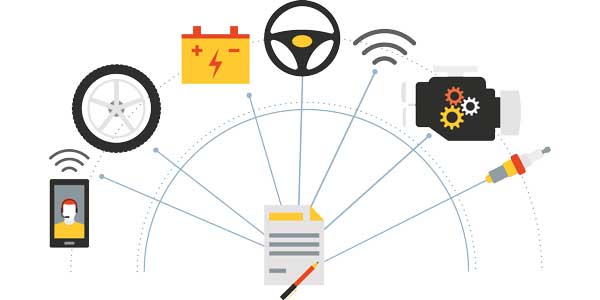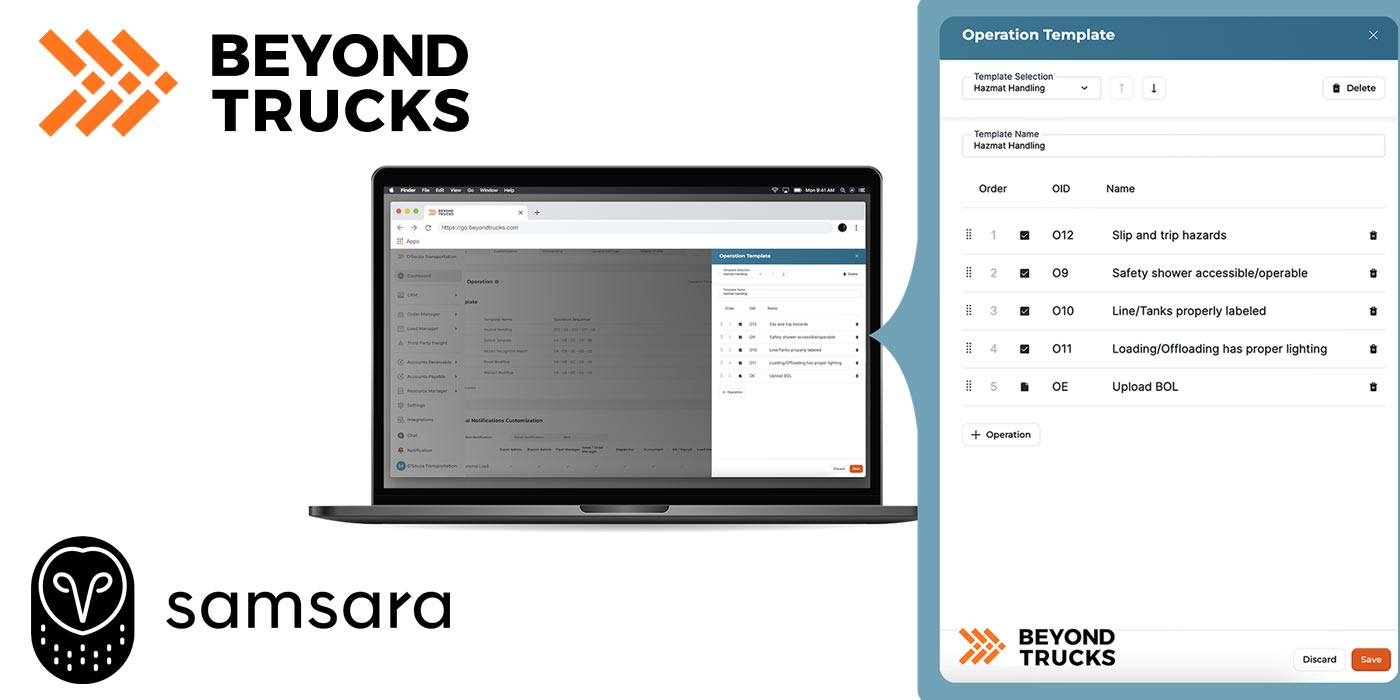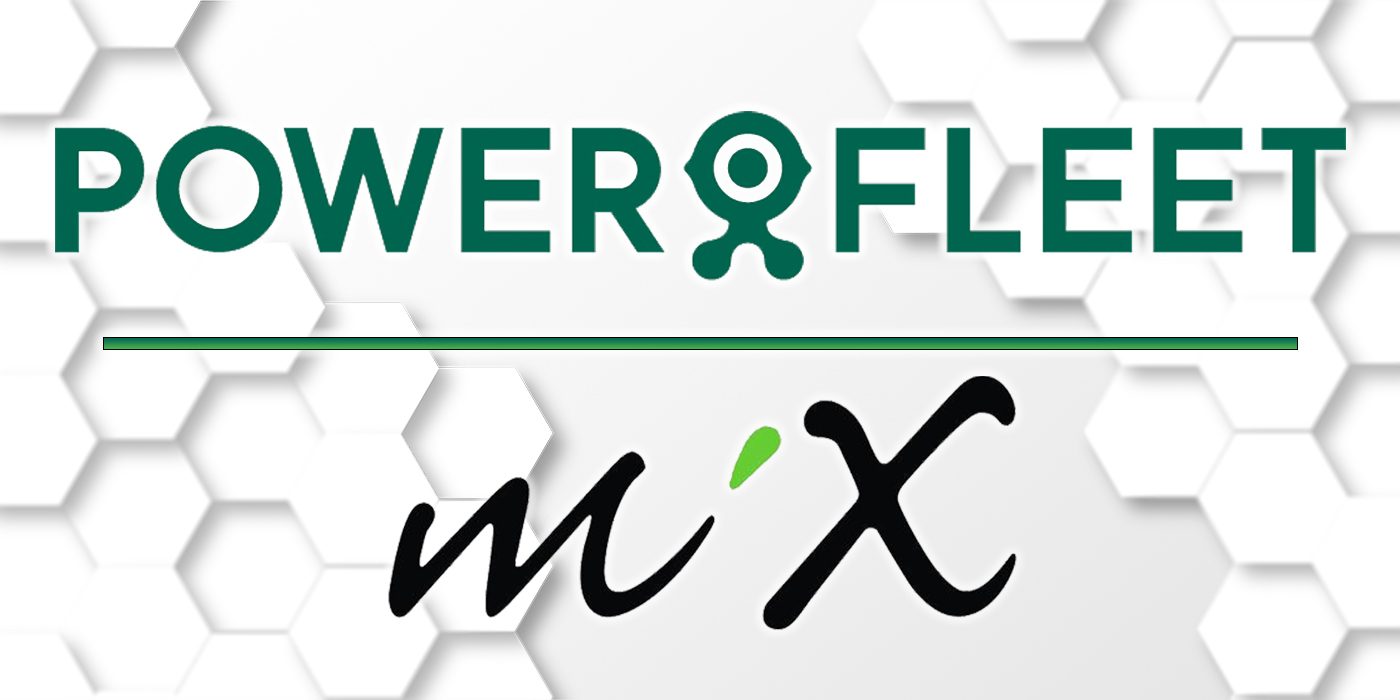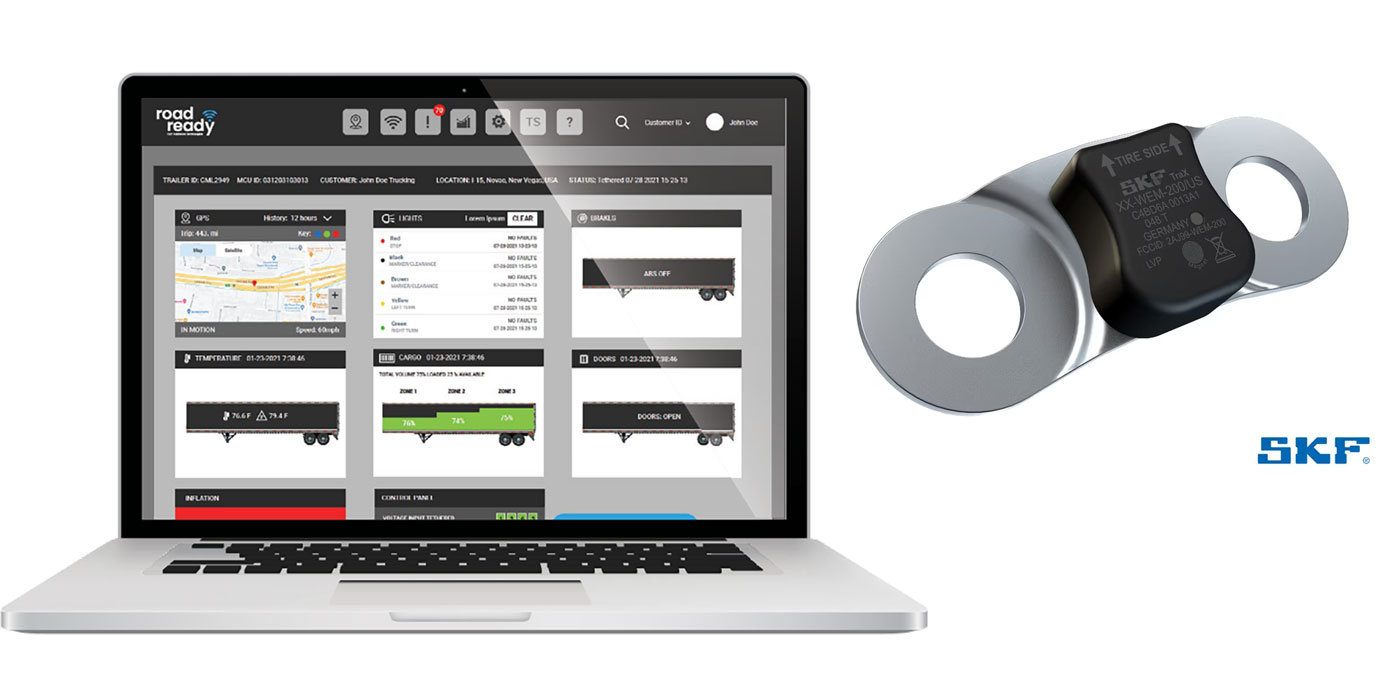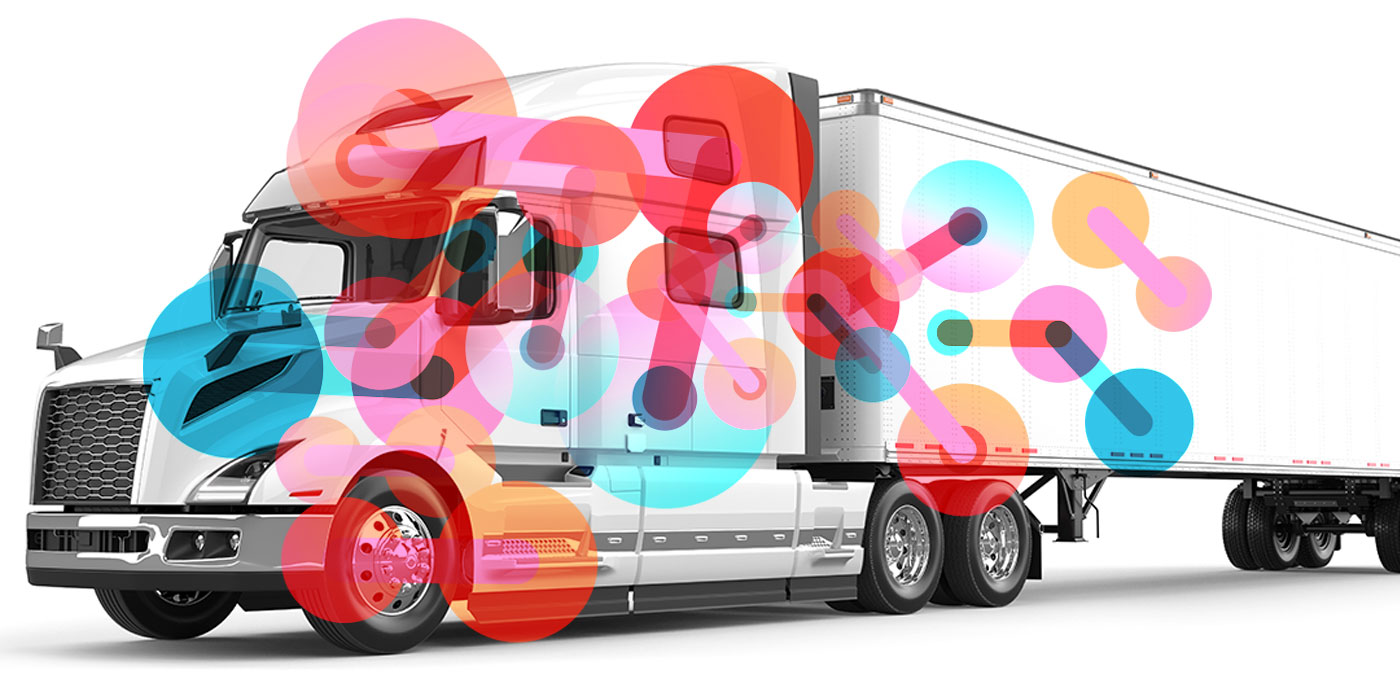Fleet maintenance software. What was the first thing to come to mind after reading that phrase? Improved maintenance processes? Inventory management? Repair order generation and reporting? Those are all staples of the software, but there’s one major component which might not immediately spring to mind but can pay dividends: warranty tracking and recovery.
“When most fleets think about ‘warranty recovery,’ they focus solely on OEM warranties, which are fairly easy to track given that most of this service is performed through the dealer channel,” began Renaldo Adler, principal of asset maintenance for TMW Systems, the provider of TMT Fleet Maintenance software. “But many fleets are leaving tens of thousands of dollars on the table by failing to track and recover warranty dollars related to aftermarket parts such as batteries, starters, alternators, steering and suspension products, friction and more.”
Adler went on to explain that many aftermarket parts come with a warranty ranging anywhere from 90 days to two years. When it comes to tracking the warranty on those parts, things get complicated. Aftermarket part numbers often deviate from OEM numbers, and each aftermarket supplier has its own part numbering system. (This is an issue that the heavy-duty aftermarket is currently looking to improve).
Supplier, brands, part numbers, date put into service—there is no shortage of data points to track. Enter a software solution.
“The TMT Fleet Maintenance solution, for example, tracks aftermarket warranties by tying every part to its corresponding VMRS code rather than simply the OEM or aftermarket part number,” Adler said. “The system also tracks when the part was purchased and installed, and starts the ‘clock’ on the warranty period following installation. If that specific part is replaced within the warranty period, the system issues an alert and creates a warranty tag that can be attached to the part. This tag enables the fleet to track the part throughout the recovery process, so if a manufacturer requires return of that unit, the fleet will have immediate access to it.”
In his experience, Adler said that fleets have been able to reduce their annual maintenance spending by up to 10% by optimizing the administration of these warranties. Savings can go beyond the warranty tracking and recovery to track the service life of specific parts by brand and part number across an entire fleet. Adler explained that this is helpful not only in isolating hidden part failure patterns, but also in determining which brands are the best value in terms of acquisition cost versus reliability.
“Most warranty disputes are caused by a lack of documentation on the part of the fleet,” Adler said. “A fleet might stock chassis parts, for example, so there could be a delay of weeks, months or even years before a specific part is installed on a vehicle. The fleet needs to be able to document this and coordinate with the supplier so the part’s actual warranty coverage begins on the installation date. Because most maintenance management systems aren’t set up to simplify these details, many fleets simply lose out on those recoverable dollars.”

